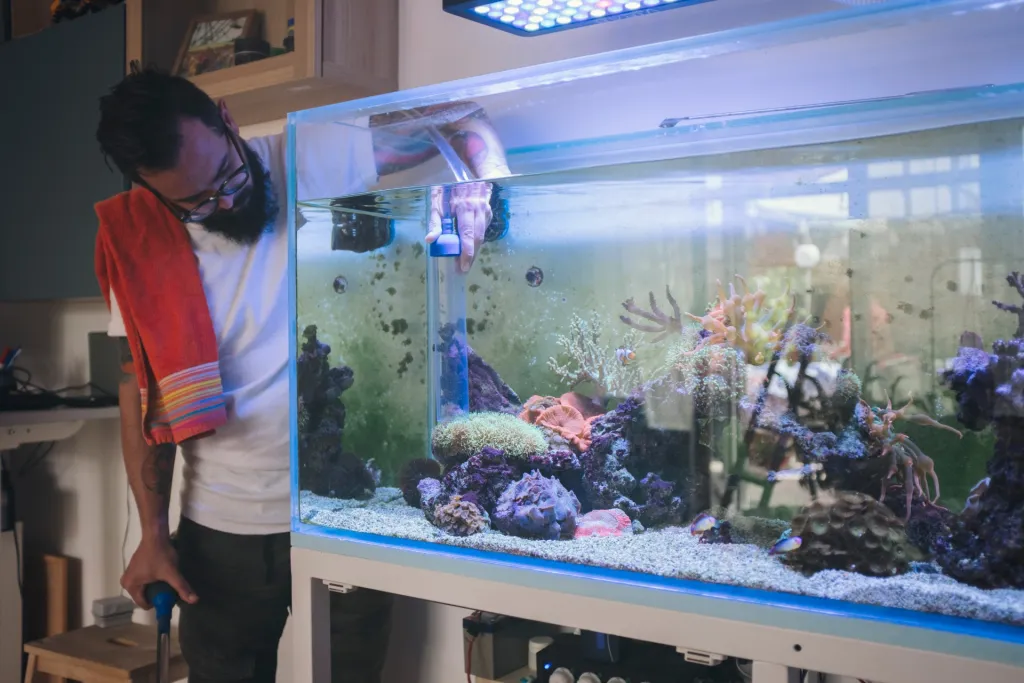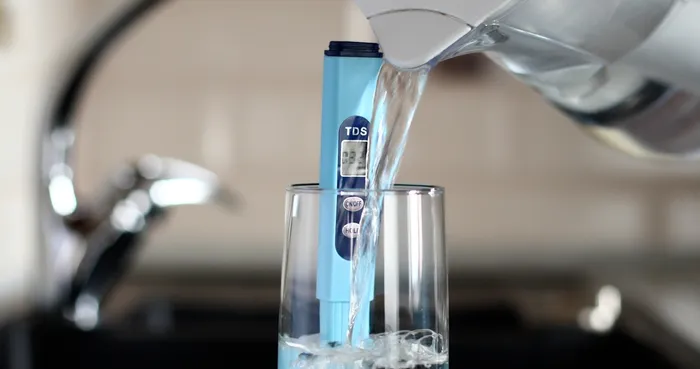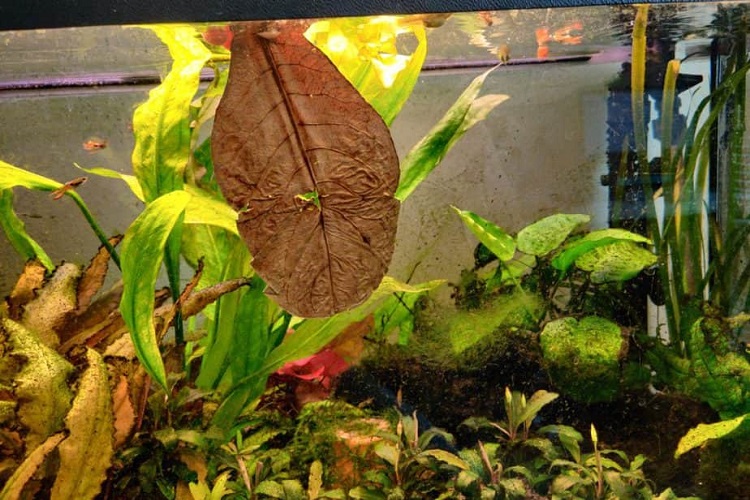Aquatic Knowledge
Effective Strategies on How to Lower pH in Aquarium
Maintaining the right pH level in your aquarium is essential for the health and well-being of your aquatic pets. If the pH level in your tank is too high, it can cause stress and harm to your fish and plants. Understanding how to lower pH in an aquarium effectively can make a significant difference in creating a stable and thriving environment for your aquatic life. In this comprehensive guide, we’ll explore various methods to reduce pH levels, why it’s important, and how to monitor your aquarium’s pH regularly.
Understanding pH Levels in Your Aquarium

Before diving into how to lower pH in an aquarium, it’s crucial to understand what pH is and why it matters. pH is a measure of how acidic or alkaline the water is, on a scale from 0 to 14, with 7 being neutral. Water with a pH below 7 is acidic, while water above 7 is alkaline.
Why pH Levels Matter
Fish and plants thrive in specific pH ranges, and deviations from this range can cause stress, illness, and even death. For example, many freshwater fish prefer a pH between 6.5 and 7.5. Maintaining the proper pH level ensures that your aquatic life stays healthy and vibrant.
Signs of High pH in Your Aquarium
Before you learn how to lower pH in an aquarium, it’s important to recognize the signs that your pH level might be too high. Common symptoms include:
- Fish becoming lethargic or showing signs of stress.
- Plants showing signs of poor health or discoloration.
- The appearance of white scale or mineral deposits on the tank walls.
Causes of High pH in Aquariums

Maintaining the right pH balance in your aquarium is crucial for the health of your fish and the overall stability of your tank. But sometimes, you might notice that the pH level is creeping higher than it should be. Understanding the common causes of high pH can help you address the issue before it affects your aquatic pets.
Tap Water: The Hidden Culprit
One of the most common sources of high pH in aquariums is the water you’re using to fill your tank—your everyday tap water. Tap water often contains minerals like calcium and magnesium that can increase the pH level. This is why it’s always a good idea to test your tap water before adding it to your aquarium. If the pH is too high, you might need to treat the water or mix it with purified water to bring the pH down to a safe level for your fish.
Substrate and Decorations: More Than Just Aesthetic Choices
Your choice of substrate and decorations can also play a significant role in the pH levels of your aquarium. Materials like limestone, coral, and certain types of gravel can leach minerals into the water, gradually raising the pH. While these materials can create a beautiful and natural-looking environment, they can also lead to pH imbalances if not monitored carefully. If you suspect your substrate or decorations are affecting your pH, consider switching to neutral alternatives or adding pH buffers to your tank.
Algae Growth: The Unexpected Impact
Algae is not just an eyesore; it can also impact the pH of your aquarium. Algae consume carbon dioxide (CO2) during photosynthesis and release oxygen. Since CO2 naturally lowers pH, the reduction of CO2 by algae can cause the pH to rise. This is another reason to keep algae under control in your tank—not just for aesthetic reasons but to maintain a stable pH as well.
Inadequate Filtration: A Silent Threat
Filtration is the heart of your aquarium’s ecosystem, and inadequate filtration can lead to a host of problems, including high pH levels. Poor filtration allows waste, uneaten food, and other organic materials to build up in your tank. As these materials break down, they can release chemicals that affect the pH balance. Ensuring that your filtration system is powerful enough for your tank size and regularly maintained is key to preventing pH fluctuations.
How to Lower pH in Aquarium: The Complete Guide

When your pH levels start to rise, you need to act quickly but carefully. Here’s a step-by-step guide on how to lower pH in an aquarium.
Test Your Water Regularly
Before making any changes, test your water using a reliable pH test kit. Regular testing helps you monitor fluctuations and take action before the pH levels become too problematic.
Use Driftwood or Peat Moss
One natural method to lower pH is by adding driftwood or peat moss to your tank. These materials release tannins into the water, which naturally lower the pH. However, be mindful that tannins can also discolor the water, giving it a slight brownish tint.
How to Use Driftwood
- Choose untreated driftwood to avoid introducing harmful chemicals into your tank.
- Boil the driftwood before adding it to remove any potential contaminants.
- Place the driftwood in the aquarium and monitor the pH levels over time.
Using Peat Moss
- Place the peat moss in a filter bag and add it to your filter.
- Monitor the pH levels daily to avoid over-acidification.
Consider Adding RO (Reverse Osmosis) Water
Reverse osmosis (RO) water is highly purified and has a neutral pH. Mixing RO water with your tap water can help reduce the overall pH in your aquarium.
How to Safely Mix RO Water
- Start by replacing 10-20% of your aquarium water with RO water.
- Test the pH levels after each change to ensure gradual adjustment.
- Continue to add RO water during regular water changes until the desired pH is achieved.
Use pH-Lowering Products
Several commercial products are specifically designed to lower pH levels in aquariums. These products can be effective, but they should be used with caution.
Choosing the Right Product
- Opt for products from reputable brands.
- Follow the manufacturer’s instructions carefully to avoid sudden pH swings.
- Use pH-lowering chemicals as a last resort if natural methods are ineffective.
Reduce Aeration and Water Flow
High levels of aeration and water flow can increase the pH by driving off CO2, which naturally lowers pH. Reducing the aeration slightly can help maintain a lower pH.
Adjusting Aeration Levels
- Reduce the use of air stones or adjust the flow rate on your filter.
- Monitor the pH levels to ensure that they decrease gradually.
How to Maintain the Right pH After Lowering It

Congratulations! You’ve successfully lowered the pH in your aquarium to a safe and stable level. But the job isn’t done yet—maintaining that pH level is just as important as lowering it in the first place. Here’s how you can keep your aquarium’s pH in the desired range to ensure a healthy environment for your fish.
Regular Water Changes: Consistency Is Key
One of the most effective ways to maintain a stable pH is through regular water changes. But here’s the catch: the water you add back into the tank needs to match the pH level you’ve worked hard to achieve. This consistency helps prevent sudden pH fluctuations that can stress your fish and disrupt the balance of your aquarium. Whether you’re doing a partial or full water change, always test the pH of the new water before adding it to your tank. This simple step can go a long way in keeping the pH steady.
Continuous Monitoring: Stay Ahead of the Game
To maintain the right pH, you need to keep an eye on it. Investing in a reliable pH meter or testing kit is essential for regular monitoring. Make it a habit to check your aquarium’s pH levels at least once a week, or more frequently if your tank is particularly sensitive to changes. By continuously monitoring the pH, you can detect any shifts early on and take quick corrective actions before they become a bigger issue. It’s like having a smoke detector for your tank—catching problems before they get out of control.
Stabilizing pH with Buffers: Keep Things Steady
Sometimes, even with regular water changes and monitoring, pH levels can still fluctuate. This is where pH buffers come in handy. pH buffers are specially formulated products designed to stabilize the pH of your aquarium water. They work by neutralizing acids and bases, helping to maintain a consistent pH level over time. When used correctly, buffers can prevent the sudden pH changes that can stress your fish and disrupt the balance of your tank. Just be sure to follow the instructions on the product carefully to avoid over-buffering, which can lead to the opposite problem—a pH that’s too stable or too high.
By following these steps, you can maintain the right pH in your aquarium and create a stable, healthy environment where your fish can thrive. Regular water changes, continuous monitoring, and the use of pH buffers will keep your tank’s pH in check, ensuring that your efforts to lower it weren’t in vain.
FAQs
- Can I use vinegar to lower pH in my aquarium? Yes, but use it sparingly and test frequently to avoid drastic changes.
- How often should I test my aquarium’s pH? Test at least once a week, or more often if you notice changes in your fish’s behavior.
- Can plants help lower pH in my aquarium? Yes, plants can help stabilize pH by absorbing excess nutrients and CO2.
- What should I do if my pH keeps rising? Check for sources of minerals like limestone and adjust your maintenance routine.
- Is it safe to use commercial pH-lowering products? Yes, but follow the instructions carefully and introduce changes gradually.
